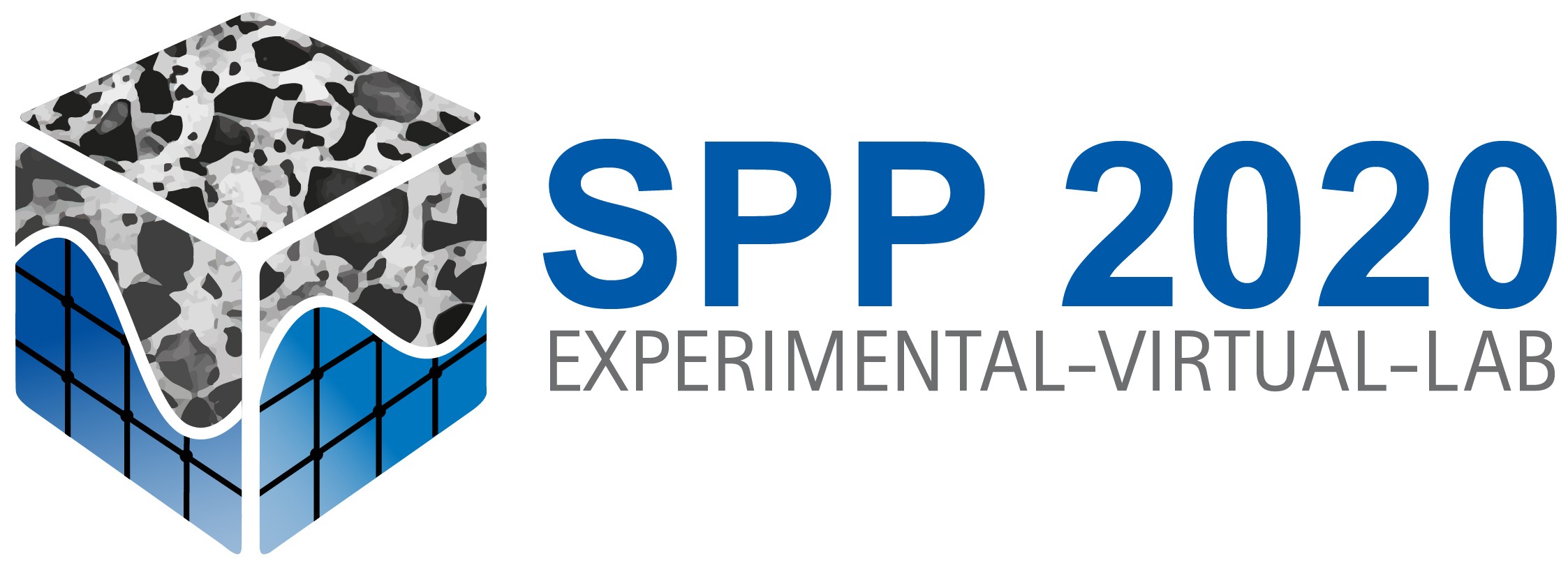Co-Applicants
Project description
The central project is the link between the various projects that are part of the Priority Programme 2020 and whose aim is to investigate and model the degradation of concrete under cyclic loading. In addition to the coordination of the sub-projects, the processing of scientific questions is also a main topic of the central project.
In addition to supporting the scientists, the central task of the coordination is to identify synergies between the individual projects and to convert them into scientific added value through suitable measures. In the area of structural coordination, collaborative meetings and workshops are organised, cooperation in working groups is initiated, and measures to promote female scientists and young researchers are organised. Measures to increase media presence are also developed and implemented.
In the area of content coordination, two reference concrete mixes are being developed, basic measurement parameters are being coordinated, coordination needs between concrete projects are being identified, a cloud storage platform for data exchange and data archiving is being provided and an interlaboratory test is being carried out. The content analysis of the individual projects made it possible to group the projects into working groups with similar focal points in order to initiate cooperation in the development of common scientific issues. The development of two reference concrete mixes (HPC and UHPC) and its use in the projects should enable cooperation between the projects and a good comparison of the results obtained. In order to increase the exchange between the projects, baseline metrics will be agreed for each type of loading used in the experimental investigations.
An essential question of the central project is the influence of specimen preparation and production on the fatigue behaviour under compressive swell loading. This influence will be investigated by means of an interlaboratory test between the participating concrete laboratories. The behaviour of the fatigue concrete is not only to be investigated experimentally, but also modelled numerically. This is made possible by the close cooperation between experimental and numerical competences within the projects. In order to compare the performance capabilities of the different numerical approaches, benchmarks based on corresponding experimental tests will be introduced.
